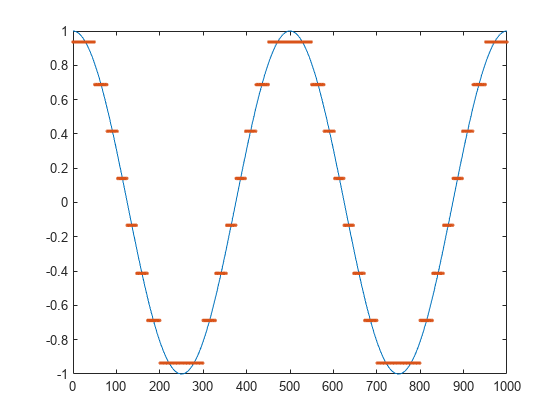lloyds
Optimize quantization parameters using Lloyd algorithm
Syntax
Description
[
optimizes the scalar quantization parameters partition,codebook] = lloyds(training_set,initcodebook) partition and
codebook for the
training data in the vector training_set.
initcodebook is
the initial guess of the codebook values.
Examples
Input Arguments
Output Arguments
Algorithms
The lloyds function uses an iterative process to minimize the
mean square distortion. Optimization processing ends when either:
References
[1] Lloyd, S.P., “Least Squares Quantization in PCM,” IEEE Transactions on Information Theory, Vol. IT-28, March, 1982, pp. 129–137.
[2] Max, J., “Quantizing for Minimum Distortion,” IRE Transactions on Information Theory, Vol. IT-6, March, 1960, pp. 7–12.
Version History
Introduced before R2006a
